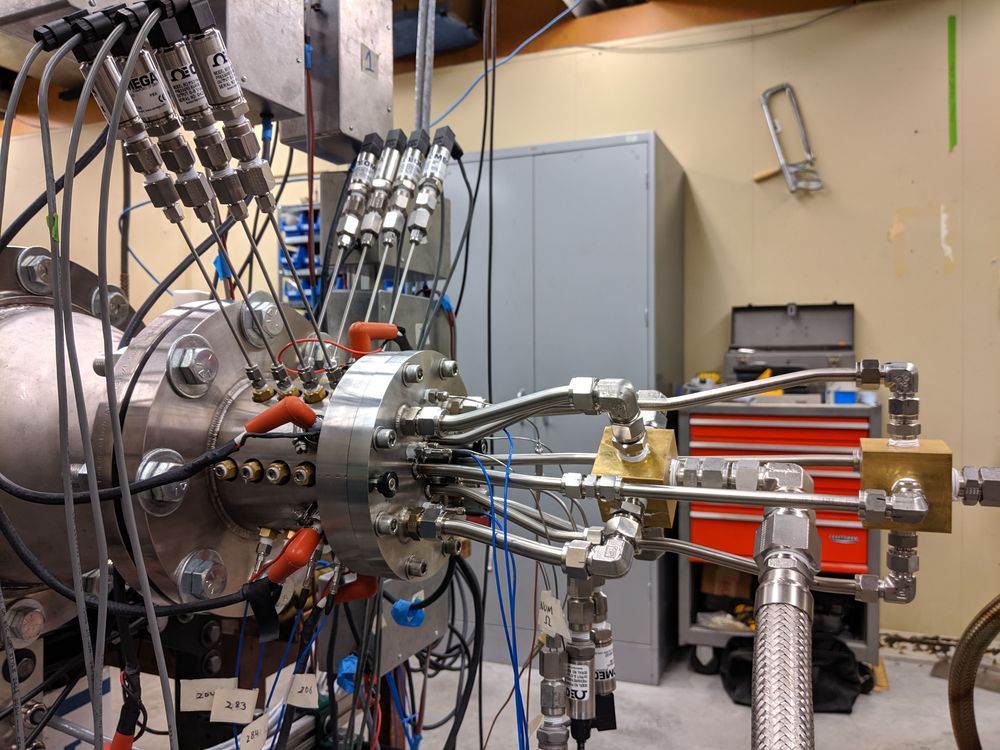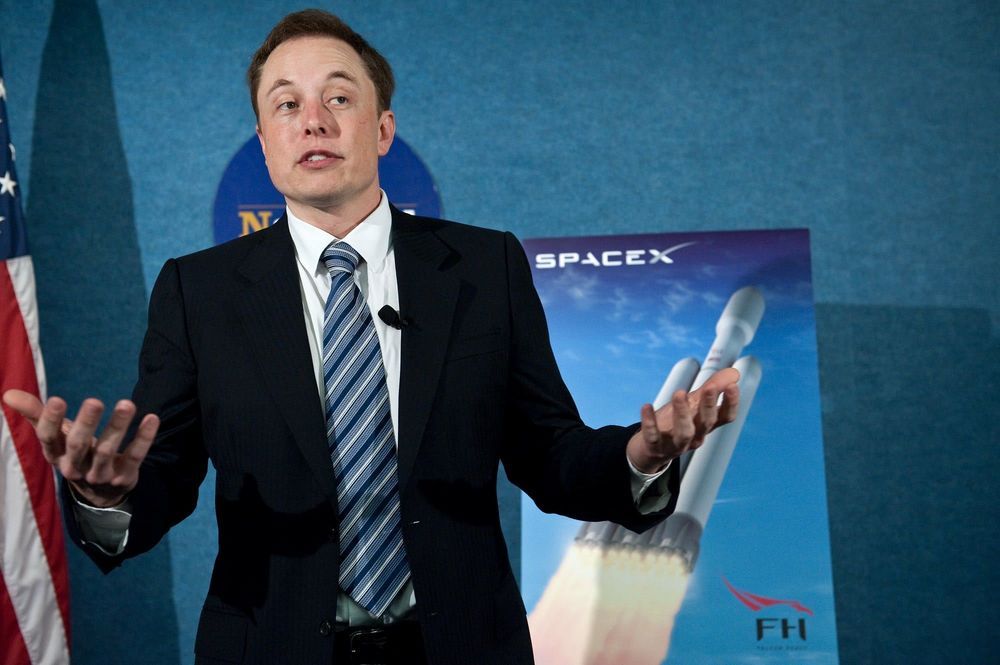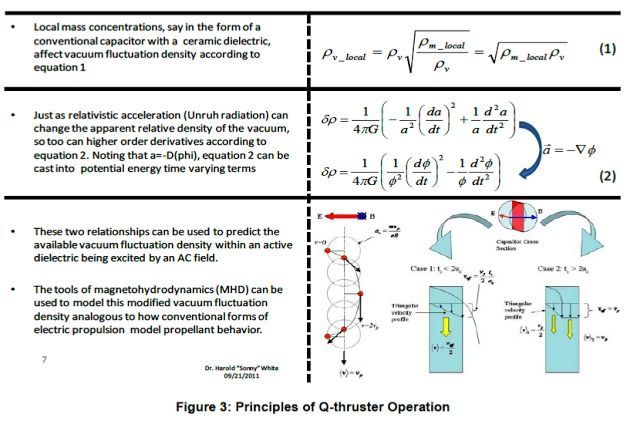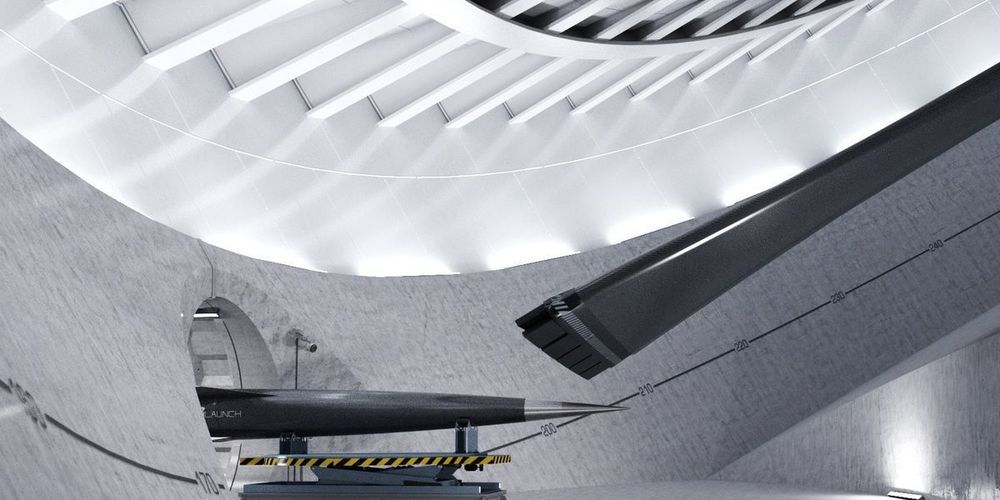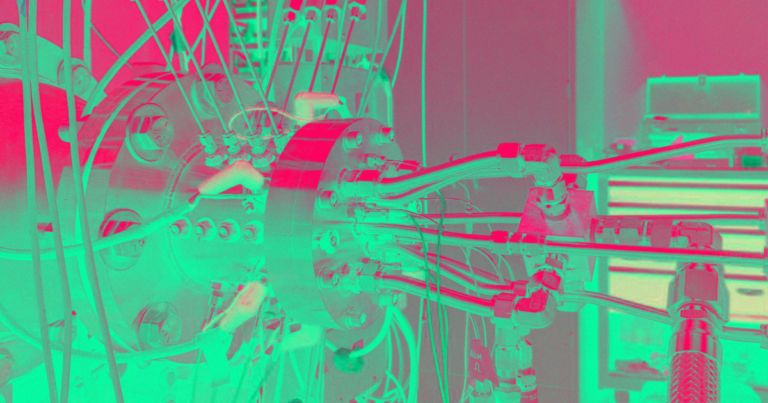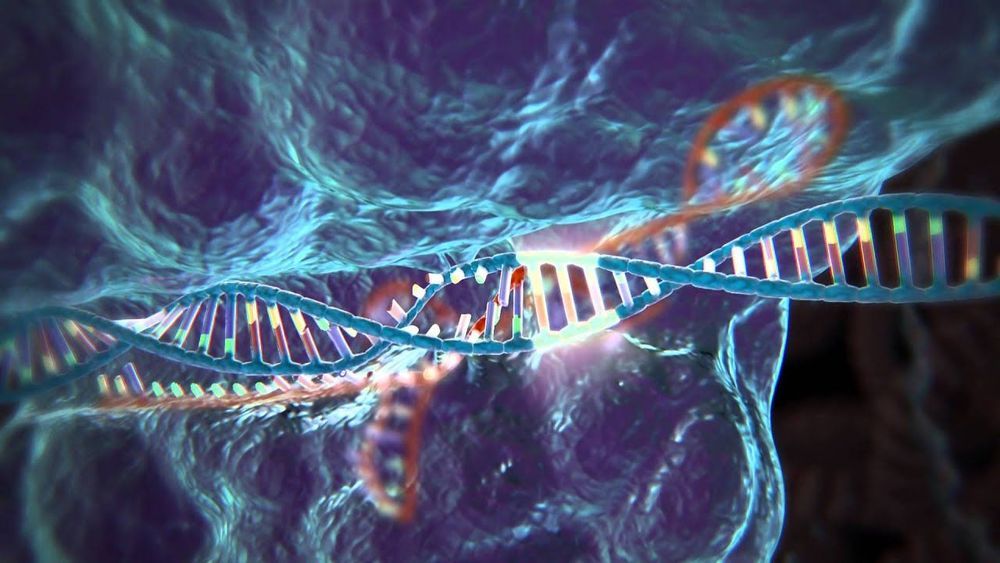Feb 25, 2020
Computer modeling brings simple, efficient rocket engine closer to reality
Posted by Genevieve Klien in categories: computing, mathematics, space travel
https://youtube.com/watch?v=zXSsd7uXjt8
Engineers at the University of Washington are working on a new type of rocket engine that holds the promise of being lighter, more efficient, and simpler to make than conventional liquid-fuel rockets. Called a Rotational Detonation Engine (RDE), one of the biggest hurdles to making it practical is to develop mathematical models that can describe how the very unpredictable engine design works in order to make it more stable.
An RDE is a rocket engine that is similar to the pulse jet engines that powered the infamous German V1 cruise missile of the Second World War, which used a simple combustion chamber with an exhaust pipe at one end and spring-mounted slats on the front face. In operation, air would come in through the slats, mix with fuel, which was then detonated, producing a pulse of thrust. An RDE takes this idea one step further.
Continue reading “Computer modeling brings simple, efficient rocket engine closer to reality” »
